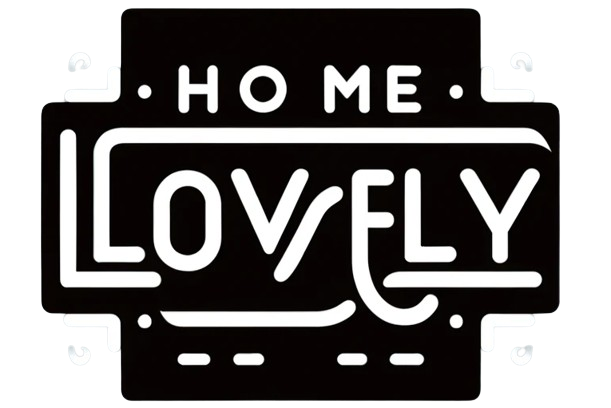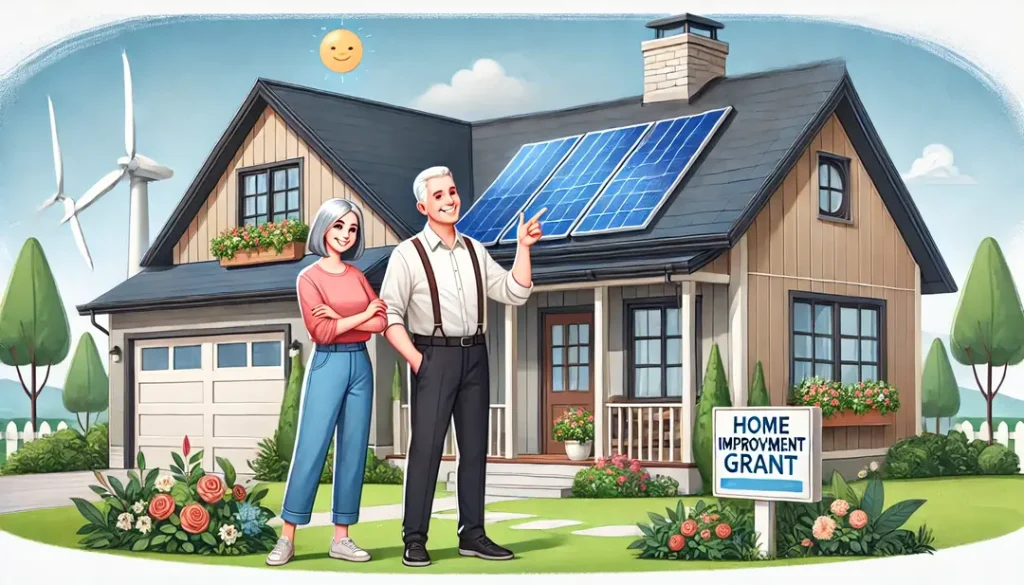Sometimes, it’s not about making your home beautiful. It’s about making it livable. A roof that doesn’t leak. A heater that works when it’s cold. A home that feels safe, warm, and truly yours.
But when money is tight, even the smallest repair can feel out of reach. That’s when the $10,000 grant for home improvement can help. It is support for real needs. This grant is helps seniors who want to age at home, families trying to keep up with bills and, anyone with a disability who needs better access. $10,000 grant for home improvement helps take the pressure off.
Key Eligibility Criteria
Before you apply for the $10,000 home improvement grant, there are a few things to keep in mind. Not everyone will qualify. These grants are usually based on income. That means they are meant for people with low income.
You’ll need to fall under a certain income limit. This number changes depending on where you live. It’s often based on your area’s average income.
There’s another important rule. You must live in the home you want to fix. It has to be your main home. You can’t use the grant for a rental property. Vacation homes don’t count either.
Some programs give priority to older adults. If you’re 62 or older, your chances may be better. Many grants also focus on rural areas. That’s because repair help can be harder to find there.
Every grant is a little different. Some rules change depending on where the money comes from—whether it’s from your state, your local government, or a federal program. That’s why it’s a good idea to check what’s required in your area before applying.
Programs That Offer a Grant for Home Improvement
When money’s tight, even small repairs can feel impossible. But here’s the good news—there are real programs out there that want to help. If you qualify, you could get thousands in support. That money can go toward making your home safer, warmer, and more comfortable. Let’s look at some of the programs that truly make a difference.
USDA Single Family Housing Repair Loans and Grants
If you live in a rural area and own your home, this one’s for you. The USDA runs a program called the Section 504 Home Repair Program. It’s built to help low-income homeowners. Especially those who just can’t afford costly fixes.
If you’re 62 or older, you might qualify for a grant of up to $7,500. That money can go toward fixing safety or health-related issues in your home. If the repairs go beyond that amount, don’t worry. They also offer loans up to $20,000. And the interest rate is just 1%—which is a rare find these days.
This program is a lifeline for many rural homeowners. Especially for those who can’t qualify for traditional loans. The USDA focuses on helping seniors. They also prioritize people in serious financial need. It’s not about luxury upgrades. It’s about keeping people safe and comfortable in the homes they already love.
Veterans Home Improvement Grants
If you’re a veteran living with a disability, the VA hasn’t forgotten about you. They have special home improvement grants just for veterans. These are meant for those who need to make their homes more accessible.
Programs like Specially Adapted Housing (SAH) and Special Home Adaptation (SHA) are there to help. They’re designed to make everyday life easier. You could get funds to install a ramp. You might widen your doorways. Or you could upgrade your bathroom to make moving around simpler.
Depending on your situation, you might be eligible for up to $117,000 in grant money. That’s real support. It’s meant to improve your daily life—not just the house itself. It’s about dignity. It’s about independence. It’s about making life a little easier for those who’ve already given so much.
Low Income Home Energy Assistance Program (LIHEAP)
Now let’s talk about energy bills. If your home leaks heat in the winter or stays hot in the summer, you know the pain. Those bills can stack up fast. That’s where LIHEAP steps in.
This federal program helps low-income families lower their utility costs. It does that by funding upgrades to make your home more efficient. It covers practical projects—like insulation and weatherproofing. It can also help you upgrade your old heating or cooling systems.
To qualify, your household usually needs to earn less than 200% of the federal poverty level. If that sounds like you, this program can help. You’ll save money month after month. Not just through one-time fixes, but through lasting home improvements.
And here’s the best part. These upgrades are also good for the environment. So you’re not just cutting costs. You’re also doing something meaningful for the planet.
Home Investment Partnerships Program (HOME)
Here’s another federal effort that does a lot of good. It’s called the HOME program. This program doesn’t hand out grants directly to people. Instead, it gives funds to state and local governments. The goal is to create more affordable housing for families with low incomes.
The HOME program helps in more than one way. It supports repairs and home rehabilitation. It also helps make rental properties safer and more comfortable. In some cases, it helps fix up homes so they can be sold to low-income buyers.
You won’t apply for this program on your own. But here’s the good news. If your local government works with HOME, you might still benefit. That could mean getting help through a nonprofit housing group. Or maybe through your city’s housing department. Some landlords also take part in the program. In the end, it’s all about working together. The goal is to make safe and stable housing more available to people who truly need it.
How to Apply for the Grant?
Applying for a home improvement grant might sound stressful. But it’s easier than you think. Once you know what to expect, the process feels more manageable.
Start by finding a program that fits your needs. Make sure it also works for your location. Then check if you meet the eligibility rules. Every grant has its own set of criteria.
Next, gather your documents. You’ll usually need proof of income. You’ll also need to show that you own your home. A short plan for the repairs you want to make is often required too.
Most applications can be submitted online. That part makes things simpler. But be sure to follow up. Check in with the grant provider to confirm they got everything. This helps avoid delays.
Some grants may ask for repair estimates. Try to get written quotes from licensed contractors. These show what the work will cost and what needs to be done.
If things feel confusing at any point, don’t worry. Local housing agencies can walk you through it. They’re there to help with questions and paperwork.
And one last tip—if your project is on the bigger side, look into home improvement insurance. It can protect your investment while the work is in progress.
FAQs
1. What’s the $10,000 Home Improvement Grant, and who is it for?
This grant helps people facing expensive home repairs. It’s made for seniors. It’s also for families with low income. People with disabilities can apply too. The grant covers serious problems. That includes a broken heater. It also includes a leaky roof or anything that makes your home unsafe. It can help you improve energy use in your home. That means lower bills over time.
2. What kinds of repairs can the grant help with?
This grant does not cover luxury upgrades. It’s meant for essential fixes only. You can use it for roof repairs. It can also cover plumbing, insulation, windows, or your heating and cooling system. The goal is to make your home safer. It also helps keep your space warmer and easier to live in.
3. Who can qualify for this kind of grant?
Most programs are for low-income homeowners. You must live in the home full-time. Rental homes or vacation properties don’t qualify. Seniors, rural homeowners, and veterans often get priority. If you’re having trouble affording repairs, you may qualify.
4. Are there other programs besides this one?
Yes, there are. USDA programs support families in rural areas. Veterans can apply for VA home grants. LIHEAP helps with energy-saving improvements. The HOME program works through local housing agencies. Many cities and states also have their own grant programs. It’s a good idea to look into all of them.
5. How do I get started with applying?
Start by finding a program in your area that matches your needs. Check the rules and requirements. Then gather your documents. You’ll need things like proof of income and a basic plan for your repairs. Most applications are online. Still, it’s smart to follow up afterward. If you’re unsure, ask your local housing agency. They can guide you through each step.


